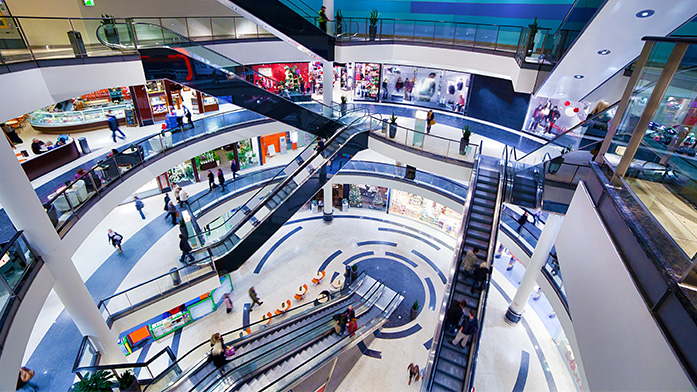Colliers Capital Markets recently sat down with Anjee Solanki, National Director, Retail Services & Practice Groups | U.S., to discuss the latest trends in retail.
Colliers Capital Markets (CCM): Recent headlines are saying 2025 will be a challenging year for retail, with record-setting store closures. How do you see the market evolving over the course of the year?
Anjee Solanki (AS): Pre-COVID, store closures were fairly consistent. There’s always churn; it’s healthy. Retailers and brands that were no longer relevant or had their product overshadowed struggled to catch up with consumer needs, leading to a mismatch between shoppers and brand alignment.
Post-COVID, retailers recapitalized, and their strategies became more omnichannel. Those that didn’t follow suit were left behind. However, the U.S. still has roughly 23 SF of retail per capita—by far the most in the world. We are over-retailed.
That being said, the retailers closing their doors are creating opportunities for others. There are waiting lists to get into centers and soon-to-be vacant boxes. Retailers have also become more creative, flexible, and nimble, introducing new concepts and formats. Some are even exploring a spoke model to improve cost efficiency and implement automation.
CCM: What is the outlook for owners when there is a vacancy?
AS: Quick-serve restaurants remain in expansion mode and can gobble up vacant sites, especially those with a drive-thru. At the same time, non-traditional retail is repurposing vacant pharmacy locations, converting them for medical, specialty dental, and optometry uses. Banks are also securing some of these locations. Many of these properties have good parking ratios, making them practical for users with an office component.
CCM: What excites you about the retail landscape today? What are the latest innovations you are seeing from retailers?
AS: Shopping in the U.S. tends to be more mundane than in other countries, where it is an immersive experience. In Dubai, shoppers enjoy vibrant music and fountains that feel straight out of Las Vegas. In Tallinn, Estonia, robots are delivering groceries, and Singapore has an amazing mall featuring an Apple Store floating on the water. In Japan, park space is integrated into the shopping experience, creating a wonderland-like atmosphere. In these places, the ambiance is just as important — if not more so — than selling the product itself.
However, we are starting to see a shift toward more experiential shopping in the U.S. through creative merchandising, store design, activation, and customer engagement. Once retailers test these new concepts, they can scale them quickly. The diversity of retail in other countries is also creating new inbound business opportunities.
CCM: What’s next for malls?
AS: Landlords are reinvesting in malls. While Class C properties continue to struggle—with more closures expected—Class A malls are thriving, and much of the reinvestment is focused on Class B locations. These shopping destinations are seeing increased rent rolls and actively weeding out underperformers.
International brands seeking U.S. entry face waiting lists for mall space, where profit margins are often higher. At the same time, conversions are accelerating, introducing large medical, hotel, gym/fitness, and residential concepts. As these malls are reimagined, some are incorporating office space, providing employers with convenient access to retail as an added amenity.

 Aaron Jodka
Aaron Jodka


